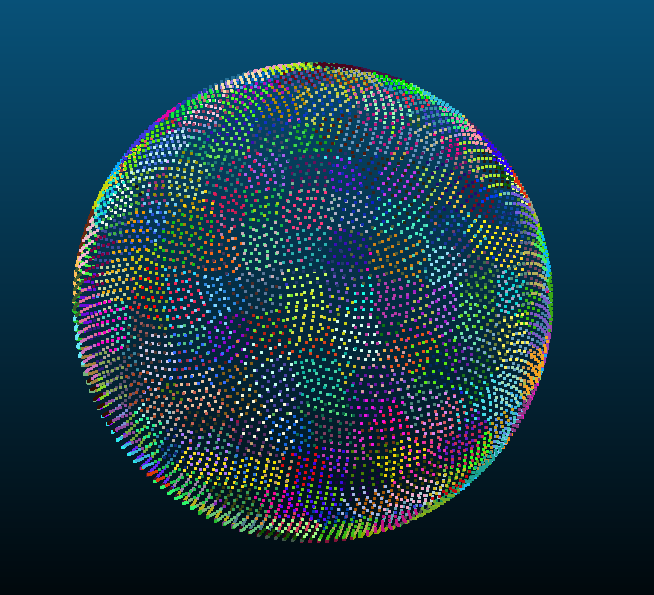This repository contains some useful functions for processing point cloud, which uses GPU to get better performance. We provide python bindings for these functions.
- CUDA
- Boost-Python
- FLANN(built with CUDA)
Set following 6 variables according to your installation directory.
set(BOOST_PYTHON_INCLUDE_DIR /home/liuyuan/software/boost/include) # path contains boost/python/object_core
set(BOOST_PYTHON_LIBRARY_DIR /home/liuyuan/software/boost/lib) # path contains boost/python/libboost_numpy*
set(FLANN_INCLUDE_DIR /usr/local/include) # path contains flann/flann.h
set(FLANN_LIBRARY_DIR /usr/local/lib) # path contains libflann.so*
# !!! note the python here should be consistent with the python used for building boost-python
set(PYTHON_INCLUDE_DIRS /home/liuyuan/anaconda3/include/python3.6m) # path contains Python.h
set(PYTHON_LIBRARIES /home/liuyuan/anaconda3/lib/libpython3.6m.so)mkdir build
cd build
cmake ..
make -jcd test
python test_downsample.pyIf the program output "cost xxxxx.xxxx s ", then the lib is built successfully. The downsampled point clouds are saved in the test/output directory as two txt files, whic can be visualized by CloudCompare or other tools. The result may look like this:
still under construction
def gridDownsampleGPU(pts,sample_stride,output_gidxs=False,gpu_id=0):
'''
split space into voxels, which have side length of sample_stride,
and retain only one point every voxel.
Known issue: the space of point cloud should be smaller than 2^15*sample_stride, otherwise it will cause overflow in the computation.
:param pts: np.array, shape is [pn,fn] fn must >= 3, which are [x,y,z,(r,g,b,intensity,label,...)]
:param sample_stride: float,
:param output_gidxs: bool, whether output the grid idx for each raw point
:param gpu_id: int, which gpu to use
:return:
ds_idx: np.array [ds_pn] int32
(optional: grid_idx: np.array [pn] int32)
downsampled point clouds: ds_pts=pts[ds_idx]
'''